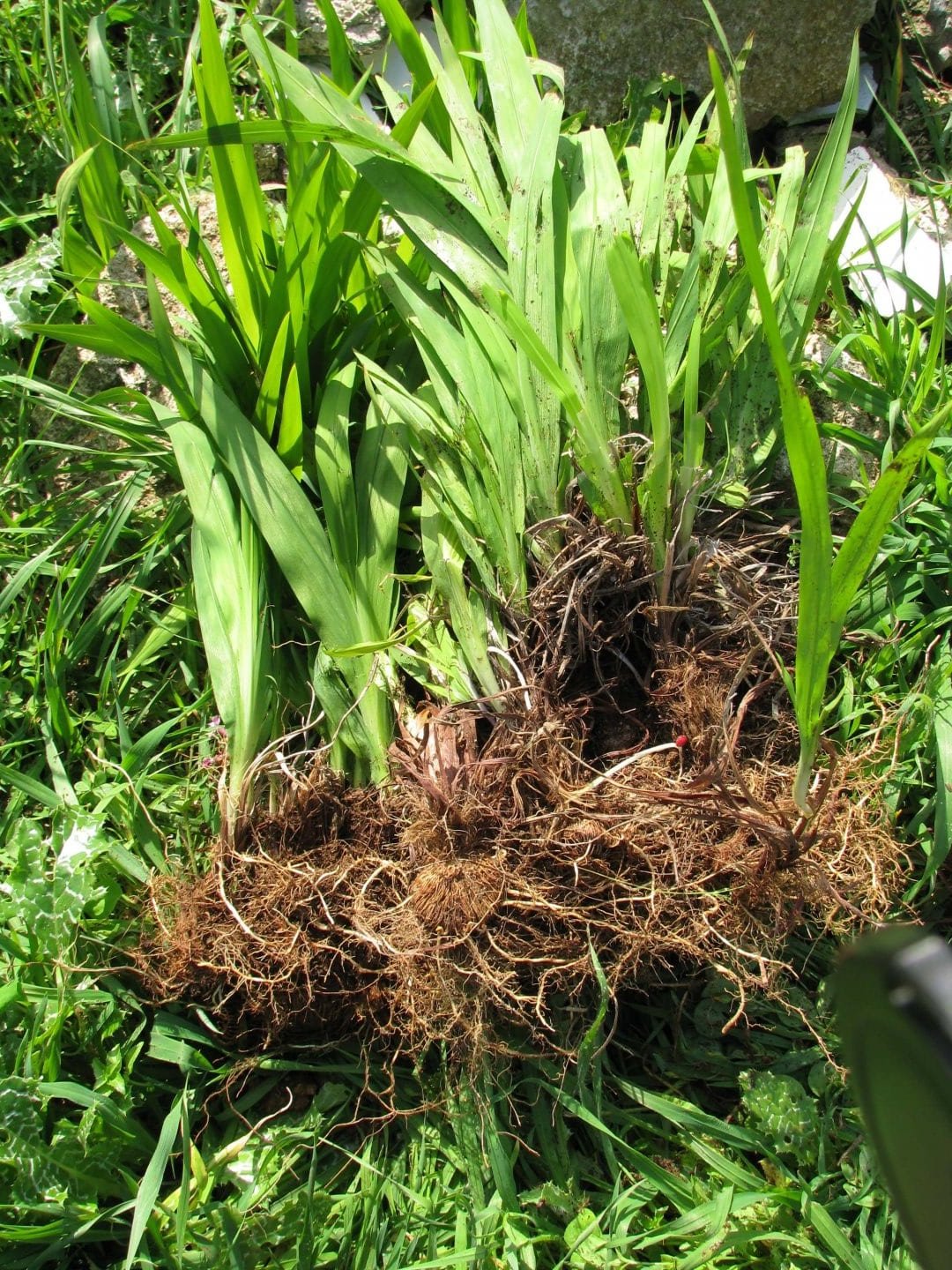INVASIVE PLANT SPECIES
Invasive species has become a prevalent phenomenon during the twentieth century due to a significant increase in the mobility of the human population and now these species have become a serious problem on a global scale.
 News and Events
News and Events
Invasive species has become a prevalent phenomenon during the twentieth century due to a significant increase in the mobility of the human population and now these species have become a serious problem on a global scale.

The problem of the invasive species is one of the central issues today in the field of environmental protection and the protection of nature worldwide and is one of the major causes of damage to biodiversity.
To date, 37 species of invasive plants have been identified throughout the Ramat Hanadiv Park. An invasive species is defined as a plant species that is distributed, as a result of human activity, to a region outside its natural field of distribution and which has succeeded in establishing a sustainable population that multiplies and spreads laterally in that region, without additional human intervention.
These are plant species that were initially brought accidently from overseas or for specific purposes such as forestation, beautification or sand stabilization. However, they then succeeded in disseminating themselves to natural areas where they multiplied and spread. As such, these exotic plants became invasive plants.
The spread of the populations of these invasive species is detrimental to the Israel’s indigenous plants and the entire ecosystem. The attributes of the invasive plants enable them to successfully compete with the local wild plants and to take over their habitat. Some of the invasive species are even defined as ‘species that change the environment’. These are species that change the characteristics of the habitat that they have invaded, whereby harming not only the local plants, but also the organisms that live in that habitat.
Recently, a guide has been published that lists the invasive plant species that were found at Ramat Hanadiv between 2010 and 2015. It was designed to help the park’s staff identify the invasive plants in order to eradicate them. Additionally, the guide will help introduce the subject of invasive plants to students, teachers, guides and interested parties.
Currently, together with the help of a team of diligent volunteers, we are mapping the invasive species throughout the park, in order to help create a plan to eradicate them.
Any question? We will be glad to help
Many trails traverse the Memorial Gardens. We recommend this route, but you
can choose to walk another route.
In 2015, Ramat Hanadiv established the Partnership for Regional Sustainability, aiming to combine forces for the quality of life in the region.
To complete your Ramat Hanadiv experience, you are cordially invited to enjoy the culinary pleasures of Mata’im, the cafe-restaurant on our premises.